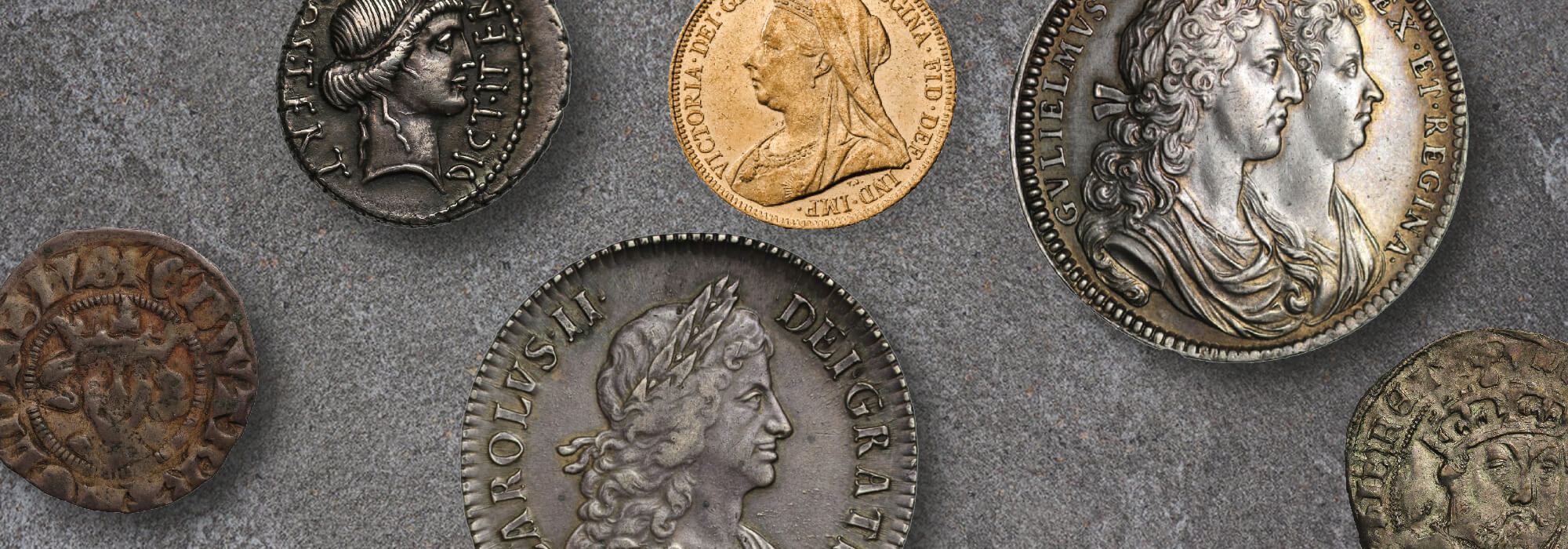
The Changing Faces of History
Centuries ago most people would only have seen the face of their leader on a coin. The ‘heads’, or obverse, side of a coin has depicted the image of a monarch or ruler for thousands of years.
The nature of these portraits changed at the same time as portraiture in other forms of art. The technical mastery prevalent in ancient Greece and Rome was followed by a more functional approach to portraits in the medieval period. The Renaissance saw a rediscovery of classical forms and technical mastery, laying the foundations for the realistic portraiture we see today. In this article, we explore coinage portraits through different eras.
The coins of ancient Greece and Rome are works of art in their own right and provide images of iconic leaders as well as the gods they worshipped. Greek coins were produced for city states and so show the gods that protected those cities. The goddess Athena, for example, features on the coins of Athens. Roman coins allow us to see the faces of the leaders of the all-conquering empire, from Julius Caesar who launched the first invasion of Britain through to Hadrian, whose wall remains partially intact in the north of England.
From the time of Alfred the Great, and the foundation of The Royal Mint, the portraits of England’s rulers were limited by the nature of the tools used to create them. With developments in tools and techniques, a more decorative style of design can be seen in the coinage portraits of Edward I (1272–1307) and subsequent Plantagenet kings of England.
With the rise of Henry VII and the start of the Tudor dynasty in 1485, we see a significant change in coinage portraits. Henry VII issued coins with a considered likeness of himself and this approach was continued by Henry VIII, who even allowed his image to be updated as he aged. The first coins of his reign show him as a lithe young man, while later issues show the commanding king we are familiar with from paintings.
Left, Right, Left
From around the time of the restoration, it became customary for the monarch to face in the opposite direction to their predecessor on coins. This may have started because Charles II wanted to be seen turning his back on Oliver Cromwell and the Commonwealth. This is not certain but we can see a new stylistic flourish in the way the restored king was portrayed.
With the accession of joint monarchs William III and Mary II in 1689, it became necessary to prepare a double portrait for their coinage. As the classical style was popular at the end of the seventeenth century, it seems likely that the choice of design came from conjoined portraits seen on Roman coins such as those of Mark Antony and Octavia.
The Longest Reigning Monarchs
The remarkable length of Queen Victoria’s reign meant that several changes of coinage portrait were needed. Her first coins were issued in 1838, featuring the ‘Young Head’ portrait by William Wyon RA on the obverse. Sir Joseph Edgar Boehm’s ‘Jubilee Head’ was issued at the time of her Golden Jubilee and was struck until 1893. That same year the final portrait by Thomas Brock RA was introduced. Referred to as the ‘Old Head’ or ‘Veiled Head’, the design shows Queen Victoria in her crown and veil and was struck until her death in 1901.
Her Late Majesty The Queen is the longest-reigning monarch in British history. In her time on the throne her effigy portrait has been updated five times, including for pre-decimal and decimal coinage. The first portrait by Mary Gillick shows a young woman in a classical pose, marking the beginning of a new era. The next portrait by Arnold Machin RA featured on the major coinage change during her reign: the introduction of the decimal system that we are all familiar with today.
The coinage portrait of every king and queen from Alfred the Great to Her Late Majesty The Queen has been struck by The Royal Mint. Each one deepens our understanding of the monarchy and enriches the story of Britain.
-
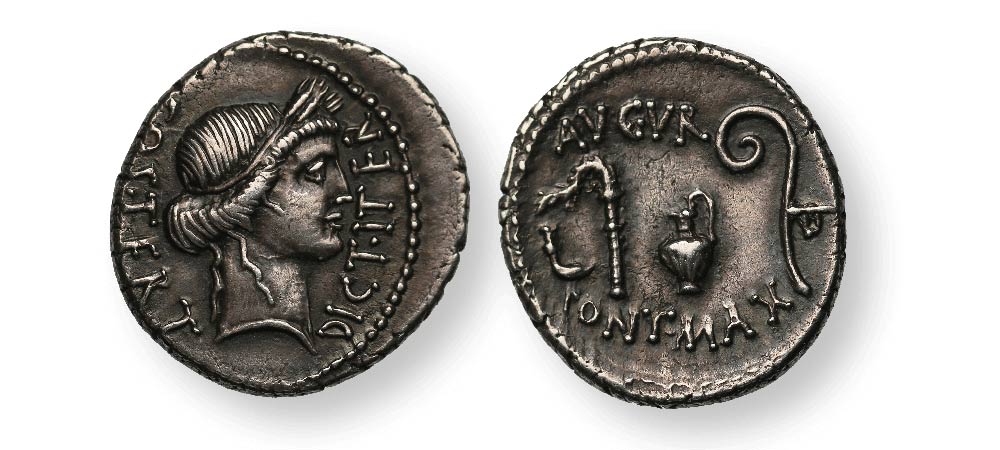
Ancient Greece and Rome
The portraits on the coins of ancient Greece and Rome help us understand the art and beliefs of these cultures.
-
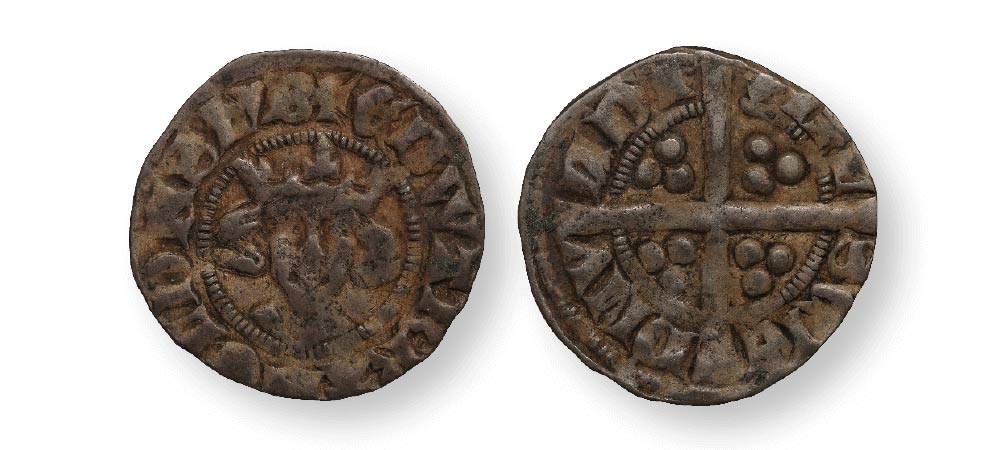
Anglo-Saxon Kings and Medieval Monarchs
The origins of The Royal Mint go back to the Anglo-Saxon period and its story can be told through the portraits of monarchs in subsequent centuries.
-
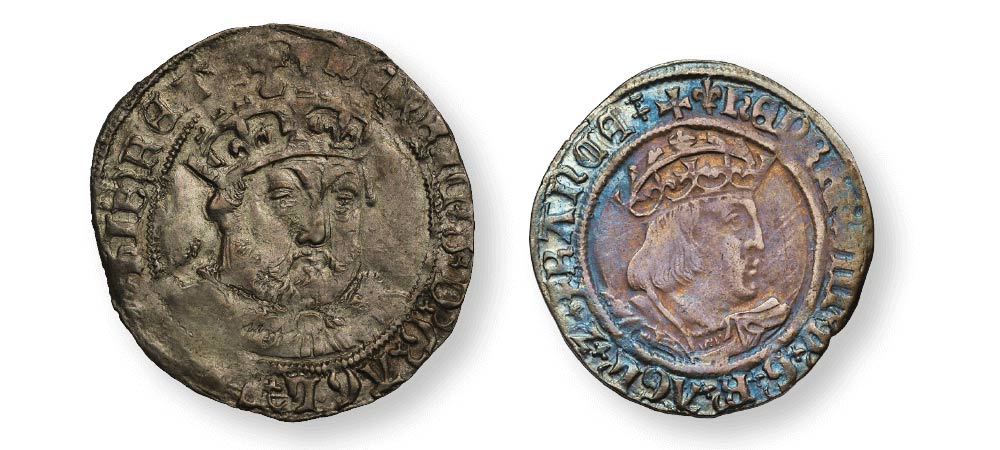
The Renaissance and the Tudors
Classical forms were revisited by artists in the coinage portraits created from the fifteenth century onwards.
-
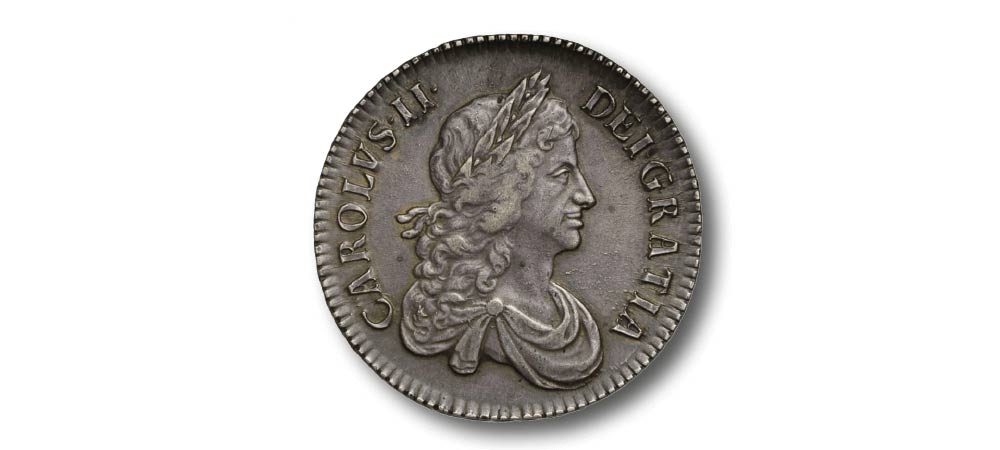
Charles II
The restoration of the monarchy saw Charles II appear on coins after Oliver Cromwell, the head of the Commonwealth
-
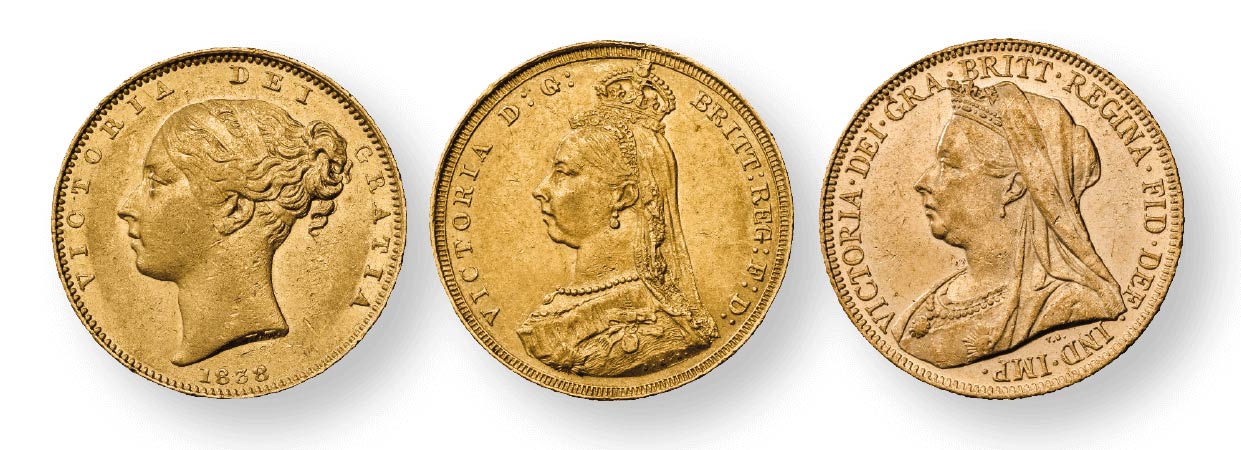
Victoria
Victoria was portrayed in her youth on coins and then several times more in her later years.
-

Elizabeth II
There are five effigy portraits of Her Late Majesty The Queen, the longest reigning monarch in British history.
Discover great stories from history and how we're celebrating these moments within The Royal Mint
Read more
